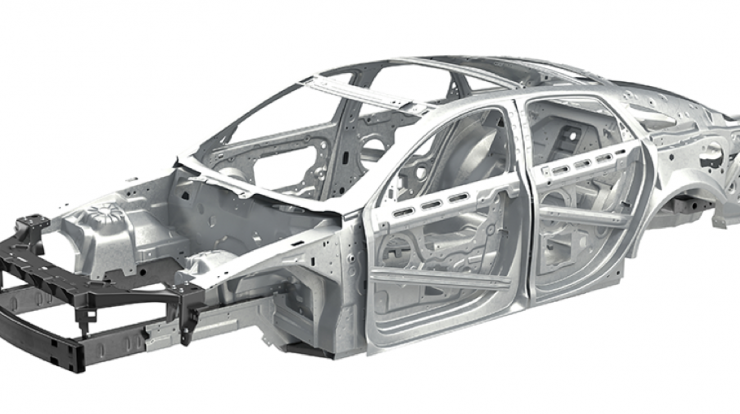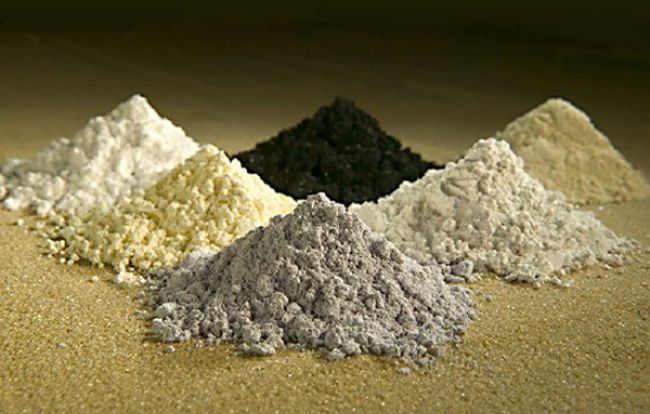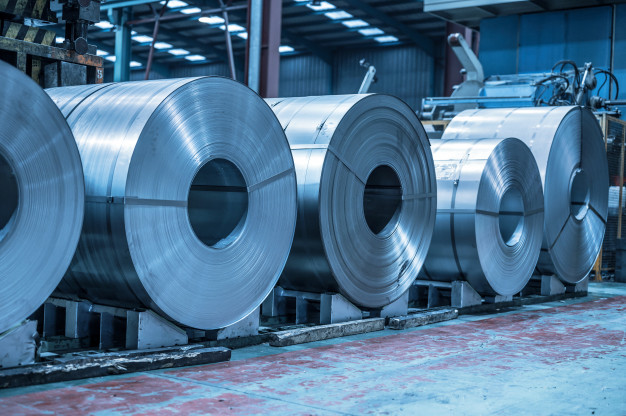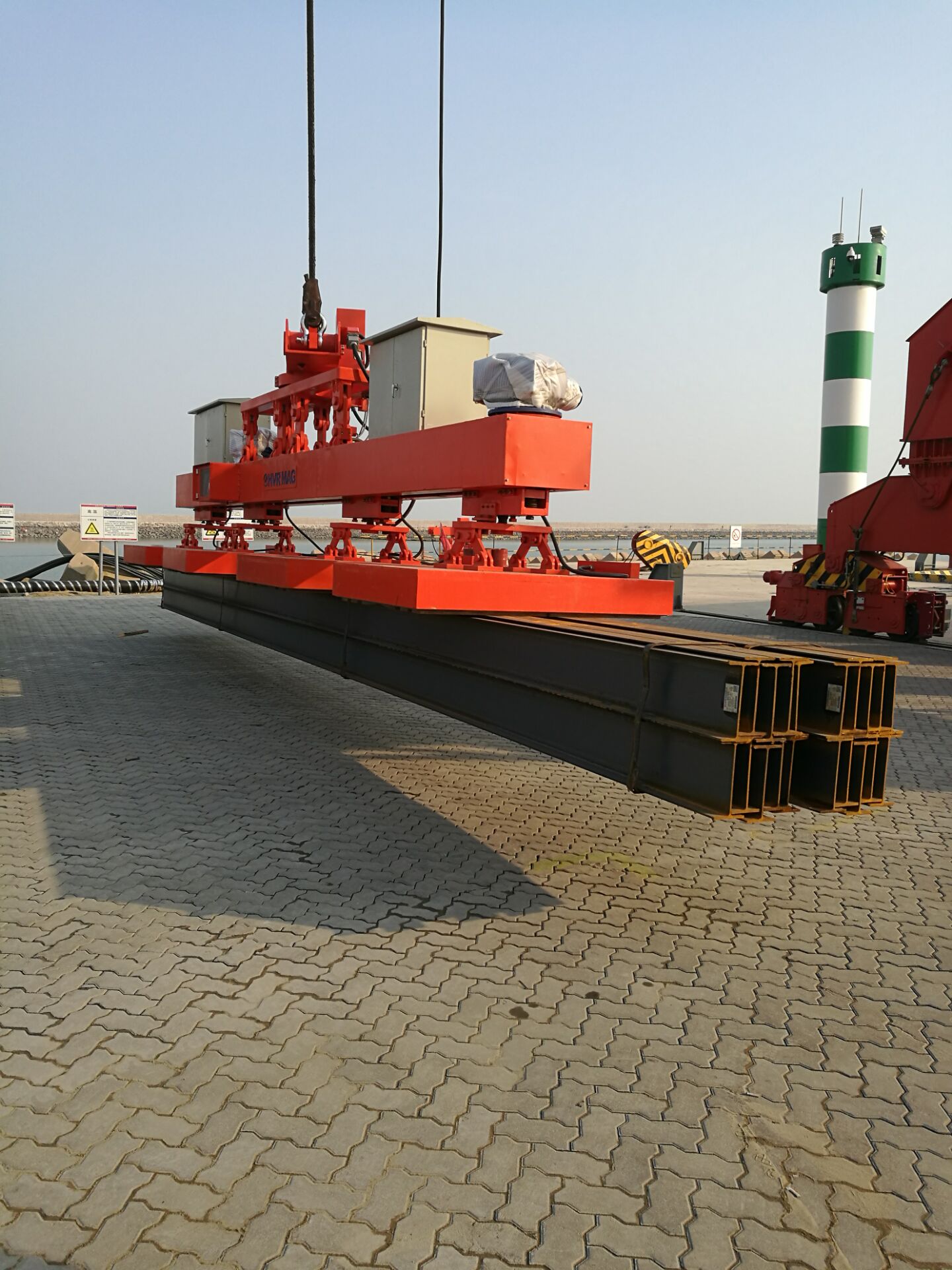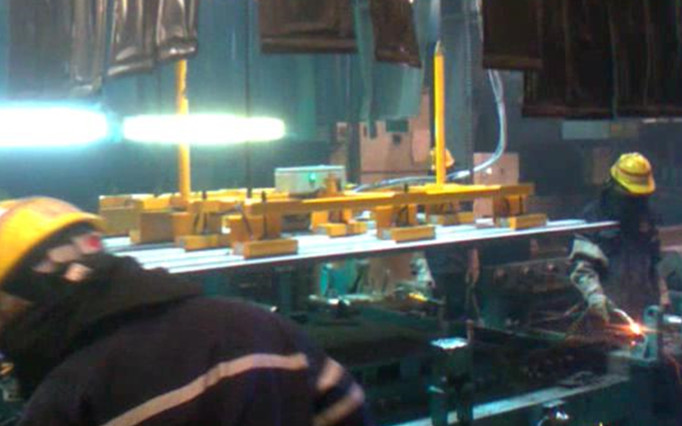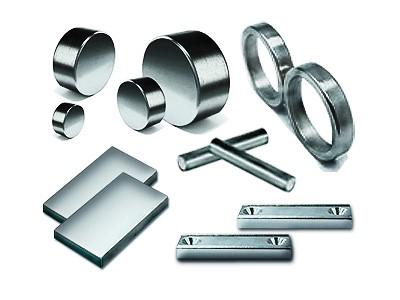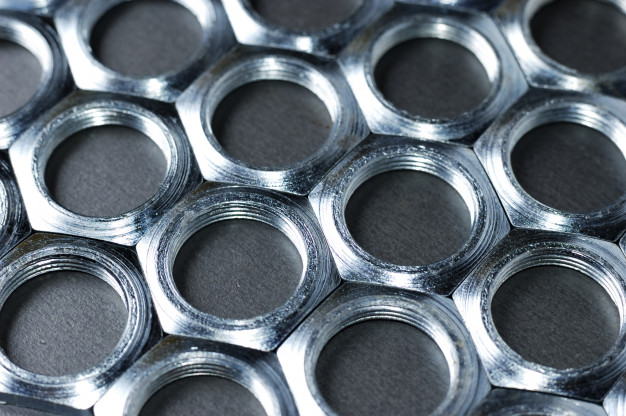

What Are Ferrous Metals?
Ferrous metals are materials that are primarily composed of iron and has magnetic properties in it. They are widely used in almost all industries such as the manufacture of shipping containers, industrial piping, automobiles, railroad tracks, and many commercial and domestic tools.
Examples of This Type of Metals:
Steel: iron plus carbon; widely used in construction and industrial metal fabrication
Alloy steel: lightweight metals such as chromium, nickel, titanium added to strengthen other metals without adding weight
Carbon steel: even higher carbon content added to iron; exceptionally hard metal; used for the creation of tools
Cast iron: Iron, carbon, silicon; heavy, hard metal that is resistant to wear;Used for vehicle engines, utility hole covers and cooking applications
Wrought iron: typically used in gates and fences
Common Properties of Ferrous Metals
- Known for hardness, durability and tensile strength
- Mostly contains iron
- Generally theyare magnetic and are considered to be good conductors of electricity
- Have relatively high amounts of strength
- Often used in construction, pipelines, and even the creation of tools
- Give little resistance to corrosion
Although ferrous metals are highly vulnerable to rusting and corrosion when exposed to moisture or an acidic or corrosive environment due to the high content of carbon molecules. However, this is NOT TRUE with wrought iron – it resists rust due to its purity. Stainless steel is protected from rust by the presence of chromium.
Ferrous metals are used in both architectural and industrial fabrication, such as skyscrapers, bridges, vehicles, and railroads. Thanks to their magnetic properties, ferrous metals are also used in appliances and engines. Ferrous metals also have a high carbon content, which generally makes them prone to rust.
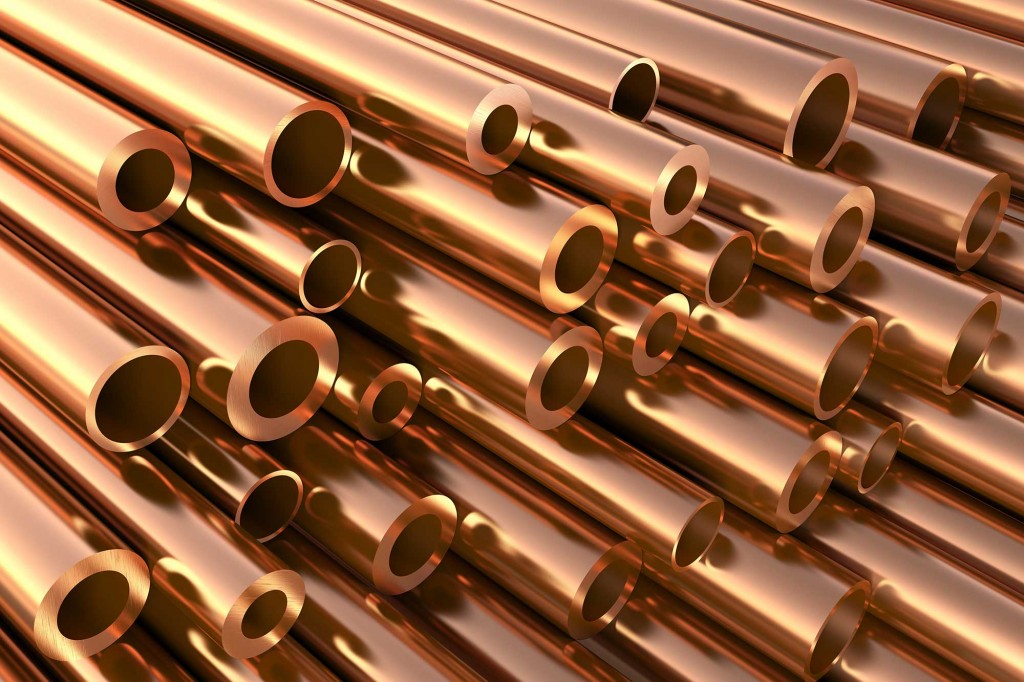
What Are Non Ferrous Metals?
In metallurgy, they are materials that do not contain iron in appreciable amounts. Generally more costly, non-ferrous ones are used because of desirable properties such as low weight, higher conductivity, non-magnetic property or resistance to corrosion. Since they don’t contain iron, they’re usually more corrosion-resistant than ferrous materials.
Common Properties of Non Ferrous Metals
- Not magnetic
- Malleable
- Lightweight
- Higher resistance to corrosion
Examples of This Type of Metals
Aluminum: lightweight, low-strength, easily shaped – used in vehicles, appliances, power lines and food packaging
Copper: Highly malleable with high electrical conductivity – used for wiring, appliances, and vehicles
Lead: Heavy, soft, malleable metal; low melting point, low strength – used in pipes, fuels, paints and batteries
Tin: Soft, malleable, low tensile strength metal often used to coat steel to prevent corrosion
Zinc: medium-strength metal with low melting point widely used in galvanizing to prevent rust on iron or steel
This type of non-magnetic metals also include brass, gold, nickel, silver, tin, lead, and zinc. This makes them ideal for use in aircraft and other applications.
What’s the Difference Between Them?
The most fundamental and obvious difference between these two type of materials is that ferrous metals contain iron, while the other type doesn’t. That means each type of metals has different qualities and uses.

